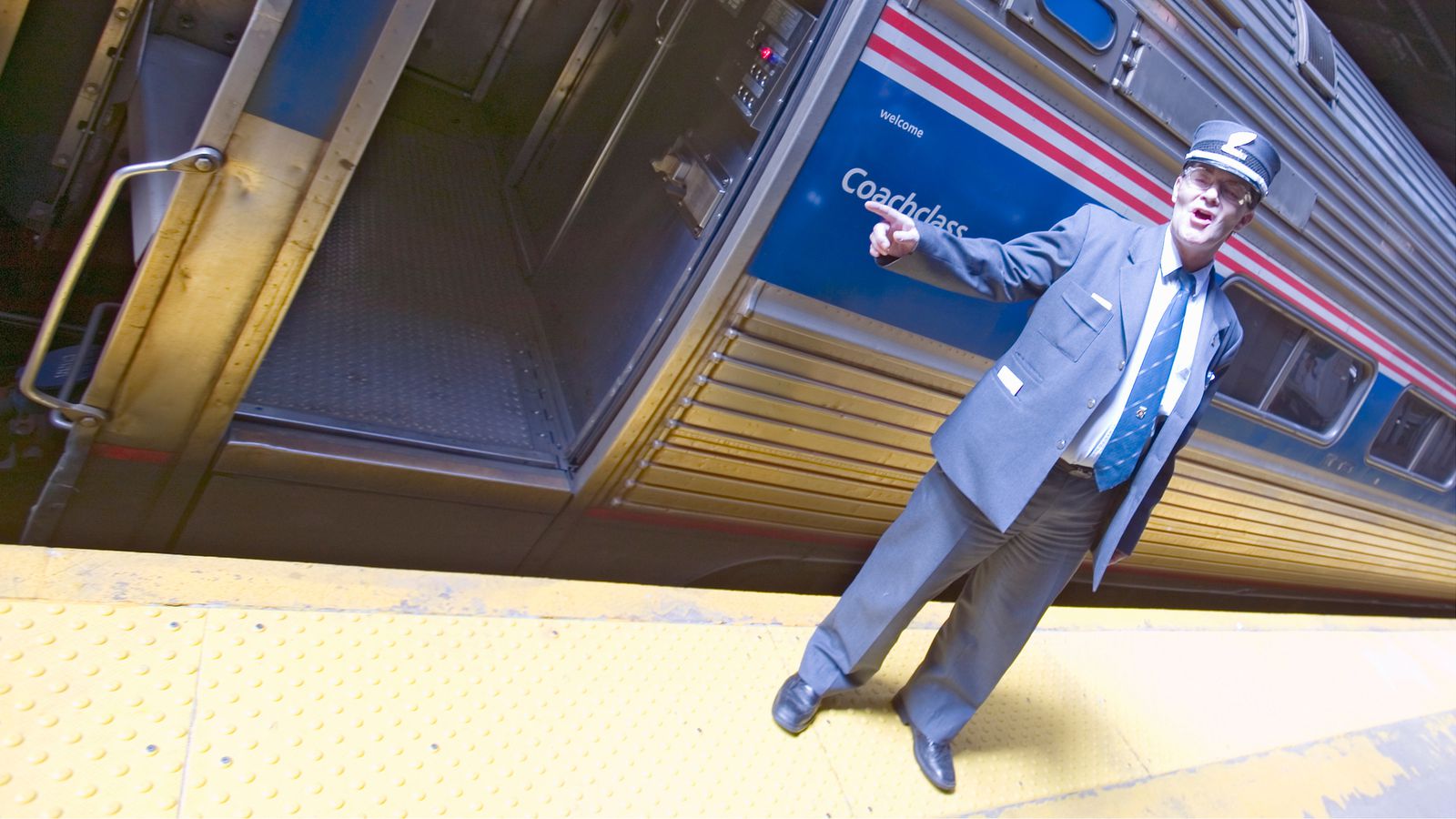More profitable, better for the environment: the Trudeau government should put aside its high-frequency train project (TGF) between Quebec and Toronto to focus on high speed, insists the French giant Alstom.
"As long as you put sums like these, as much as is in the most profitable investment possible and which brings the impact both economic and societal the highest", confides to the Journal Michael Keroullé, president of Alstom for the Americas.
Mr. Keroullé argues that a high-speed train costs 20 to 30% more than a slower version. It is possibly more. But in the end, the investment is more profitable because more people are using it, he argues.
"We see it in all the countries that have made this choice: with speed, we are shifting the mode of transport [from the car and the plane to the train] much more than what was initially envisaged", affirms the leader.
Alstom, of which the Caisse de depot is the largest shareholder with a 17.5% stake, is making the exit because it said it felt, last fall, an "openness" from Ottawa to the idea of finance a train that would have a maximum speed of 300 km/h.
In March 2022, in its “request for expressions of interest” for the project, Transport Canada mentioned a maximum speed of 200 km/h, which is barely more than the maximum speed of current VIA Rail trains.
About fifty companies responded to the government's call, including several who expressed their desire to go beyond 200 km/h.
Result: In October, the government published an update in which it promises to give “flexibility” to companies to offer “higher speeds on certain segments”.
Aim for less than three hours
According to Alstom, the objective should be to cut the travel time between Toronto and Montreal from five hours to less than three hours.
"There, the benefit of the train becomes obvious," says Michael Keroullé. This is what happened on all lines in all the countries in which we had this same debate. »
Reached by Le Journal , the office of the federal Minister of Transport, Omar Alghabra, did not want to comment on the possibility that the TGF project be transformed into a TGV.
In the spring of 2021, Le Journal reported on tensions within the federal government between the proponents of the two scenarios. According to our sources, Michael Sabia, Deputy Minister of Finance, and Catherine McKenna, then Minister of Infrastructure, were campaigning for a TGV between Montreal and Toronto which would have set Quebec aside.
In December, Mr. Alghabra announced the creation of a subsidiary of VIA Rail to manage the TGF project. A former Hydro-Québec executive, Marie-José Nadeau, has been named vice-chairman of the entity's board of directors.
In May, Cynthia Garneau caused a surprise by resigning from her position as CEO of VIA after three years in office.







